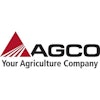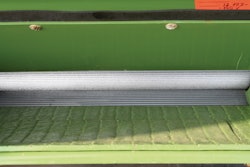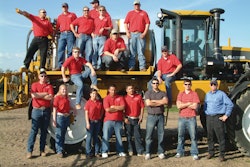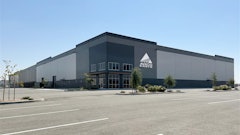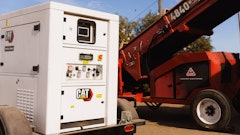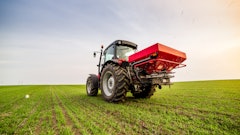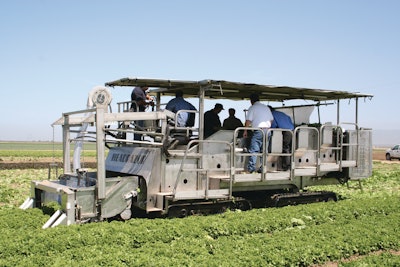
Because we eat to live, it's fortunate that the food supply chain in the United States is among the safest in the world (I live to eat, but the safe food requirement is the same). However, statistics kept by the Centers for Disease Control and Prevention show it is not perfect. Room for improvement may be felt on an individual level when fighting off the effects of food poisoning after hitting a buffet, or on a national level when, in the worst possible scenario, a consumer dies after eating a bowl of ironically classified "health food": fresh vegetables.
This is a critical time in food safety, said National Restaurant Assn. Board Chairman Richard E. Rivera during his keynote address at the 2008 Food Safety and Security Summit. Rivera said that the various segments of the food supply chain must work together. For the members of the National Restaurant Assn. — the other NRA — which are behind 945,000 restaurant and food service outlets and a work force of 13.1 million employees, good food safety standards are paramount to keeping their dining room lights on.
"Food safety is a collective responsibility," Rivera said. The "government can't do this on its own. Restaurateurs and retail stores can't do this on our own. If we are to keep a bond of trust with our guests, it requires every segment of the food industry to collaborate. As an important partner along the food chain, we pledge our best efforts and look forward to working together to ensure that our food supply chain is trustworthy in every sense of the word."
Food safety begins with the grower, and it is on fresh vegetable farms that purpose-built, self-propelled equipment will place an increasingly larger role in ensuring that spinach simply makes you stronger. Years ago, on grain farms in the Midwest, engines replaced horses. On today's specialty crop farms, they are replacing human labor.
A depleted labor pool is forcing growers to look for alternatives to hiring the thousands of hands needed for a successful harvest. Mechanizing and automating more of the work has another advantage, too. The less humans come in contact with fresh food, the better.
Stationary food factories have known this for decades. Because of that, consumers rarely have to worry about what is in the box beyond the printed ingredients. On leafy green operations, those sanitation standards are being applied to mobile equipment, too. The cover story on page 16 highlights how one OEM is solving the challenges of harvesting fresh vegetables.
Out West, fresh vegetables such as leafy greens are harvested mere days before being drenched with salad dressing. It's a unique problem compared to farms here in the Midwest, where crops such as corn and soybeans are several manufacturing steps away from becoming dinner.
